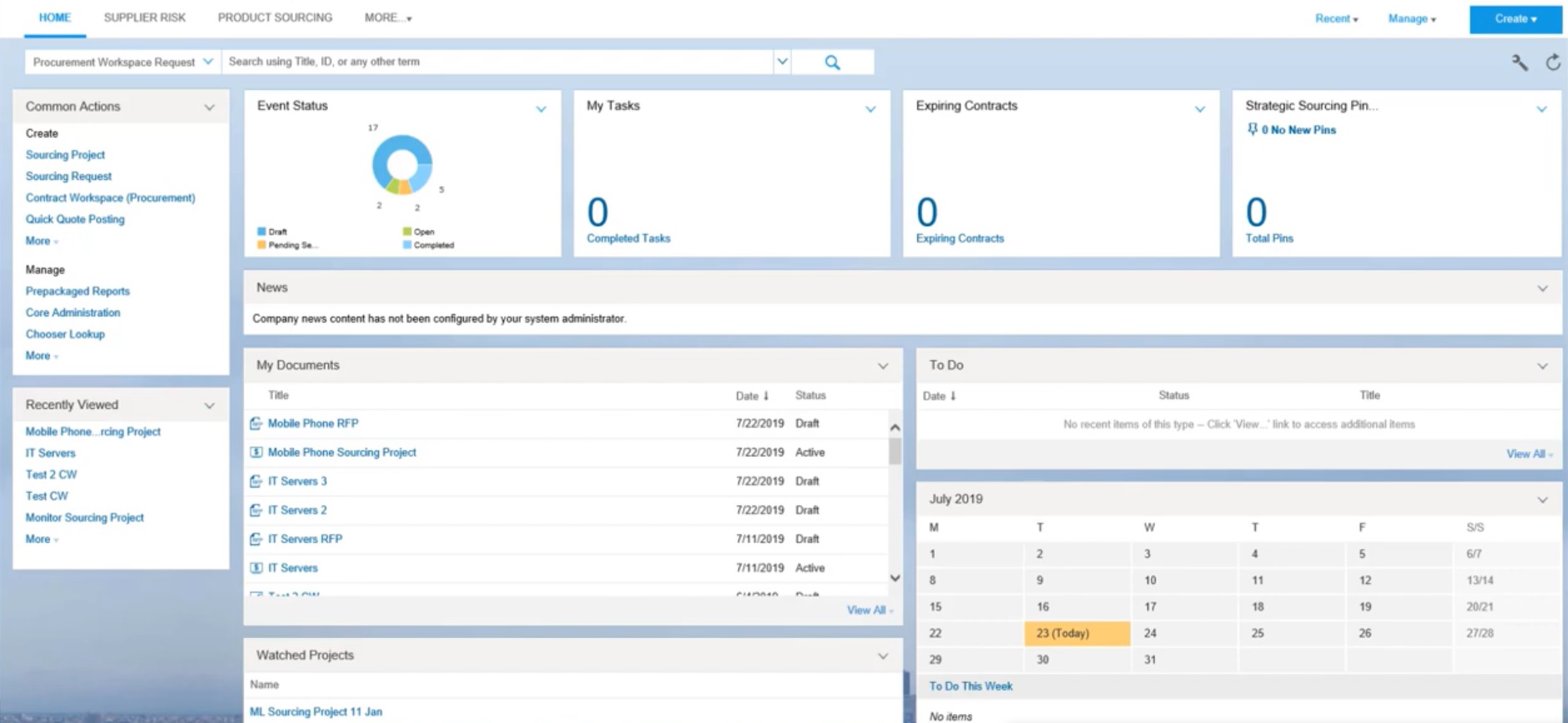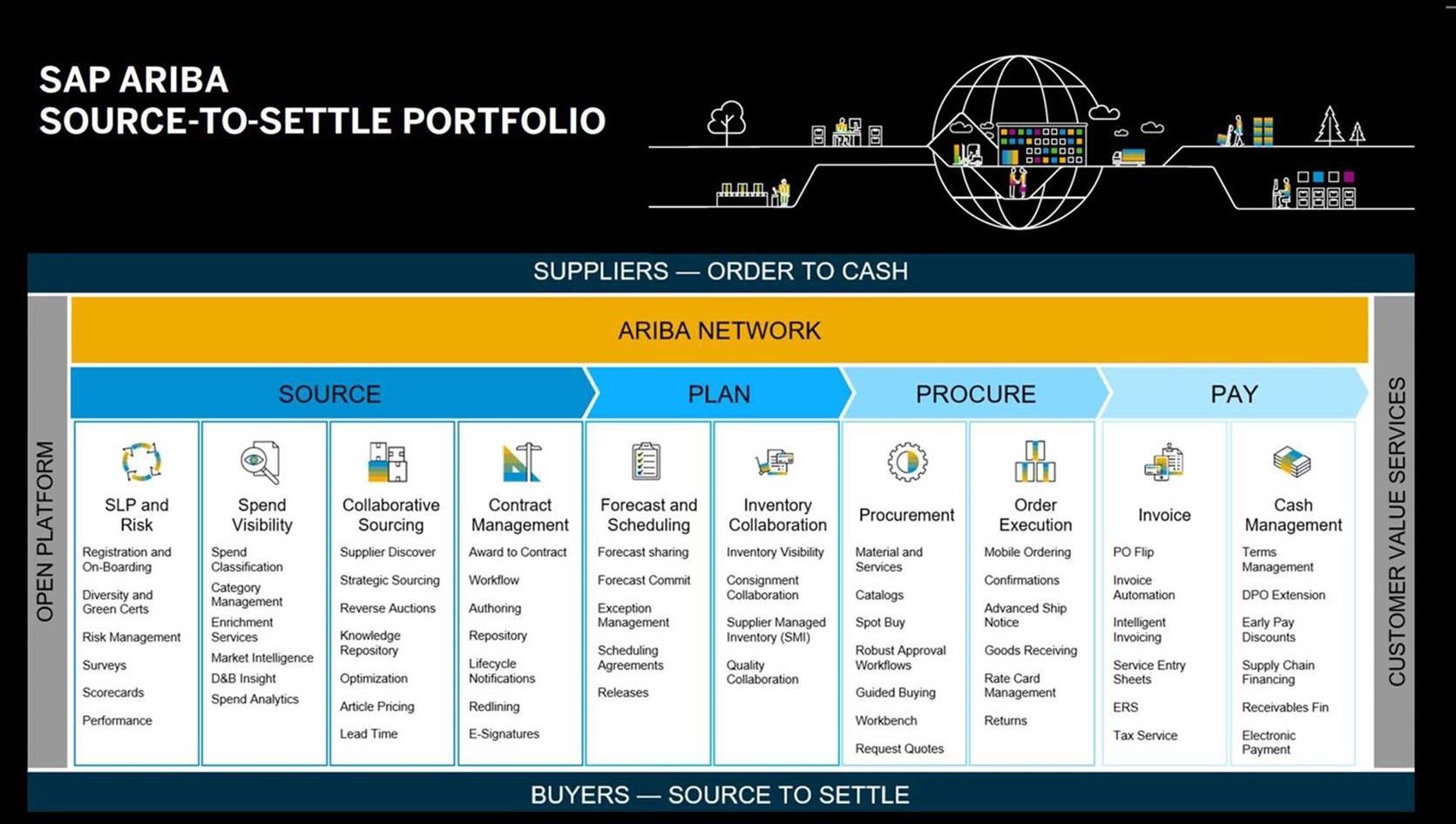

Build relationships and collaborate with your vendors to rework your supply base if needed so everyone can get the benefits of the savings. However, it’s a good idea to keep an eye on employee spending so finance and accounting teams know exactly what teams are spending money on.Īssess your suppliers and entire supply chain and look for opportunities for savings. Individuals or departments are often given a budget to work with and can purchase what they want when they need it. Often times, indirect procurement spending isn’t tracked the same way as as direct procurement.

Here are some strategies to help you manage indirect procurement. It requires careful planning and monitoring. Managing indirect procurement can be challenging. Typically, indirect procurement includes somewhere from 15-27% of a company’s total revenue. Without indirect procurement functions, businesses wouldn’t be able to operate effectively.

Indirect procurement may include purchases such as repairing equipment, buying office supplies, maintenance, travel, or other services. One way of classifying indirect procurement is that it doesn’t add to a business’s bottom line. Indirect procurement involves purchasing goods and services, supplies, and materials that are required to keep the day-to-day business running.


 0 kommentar(er)
0 kommentar(er)
